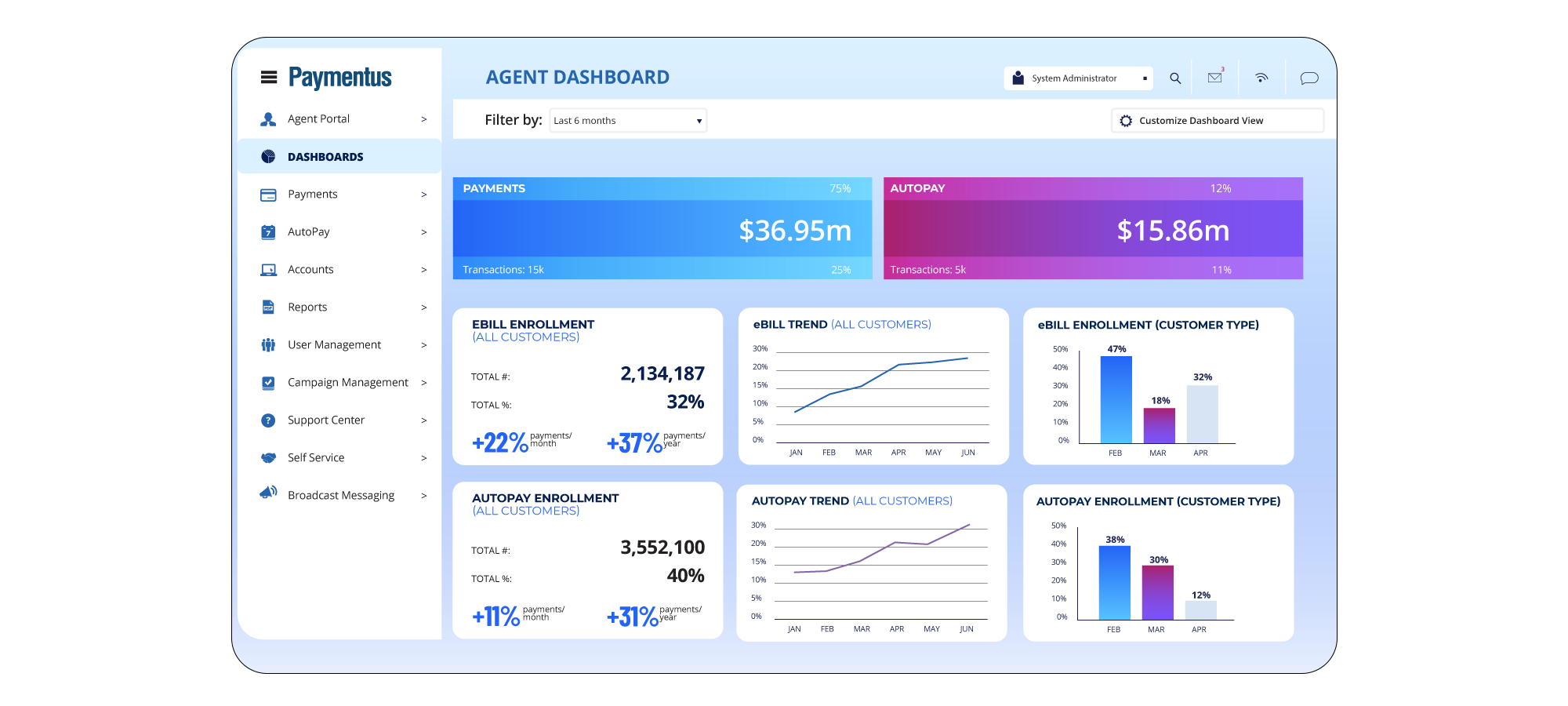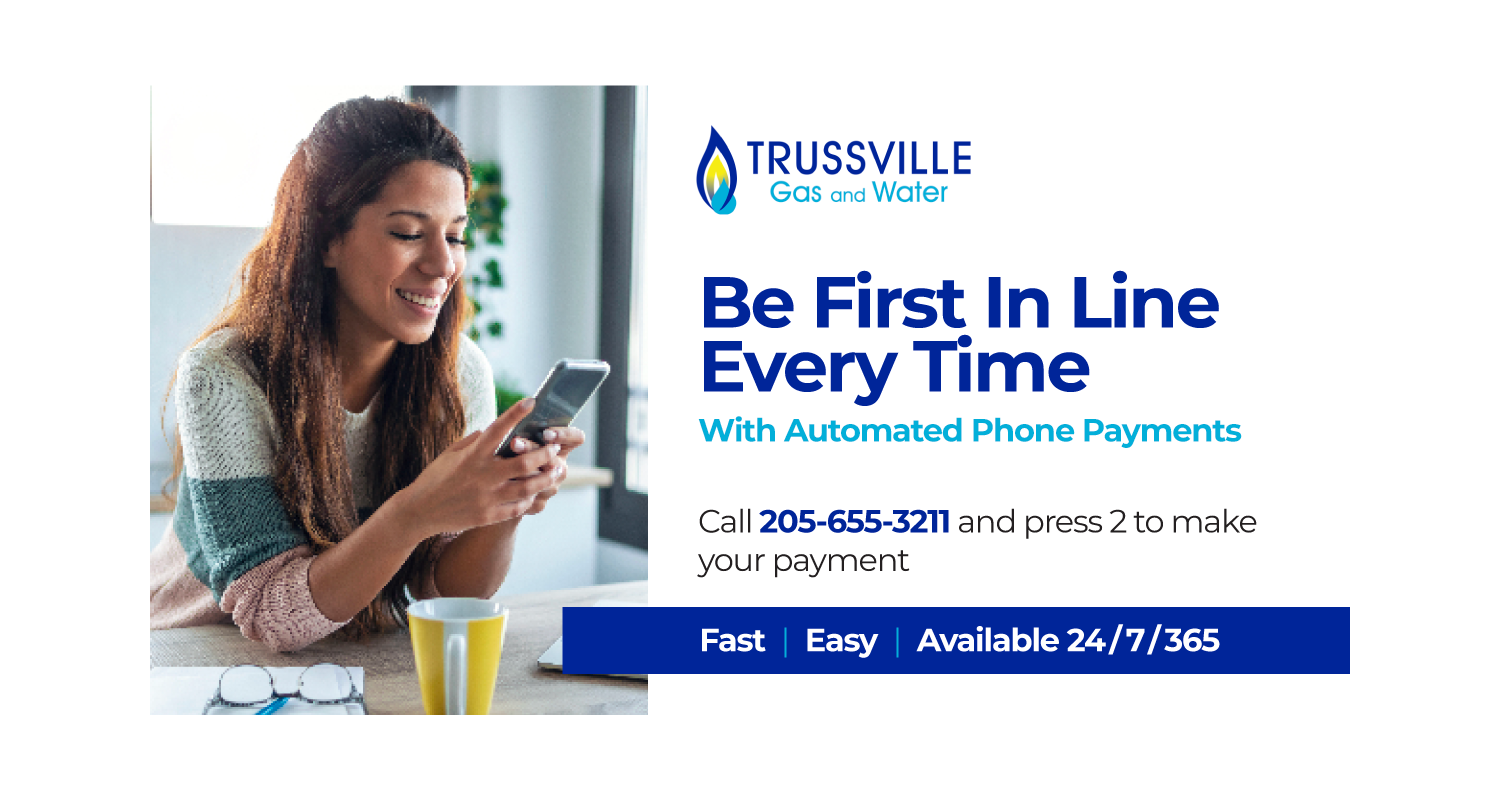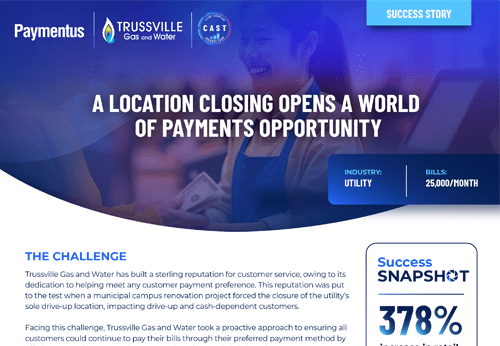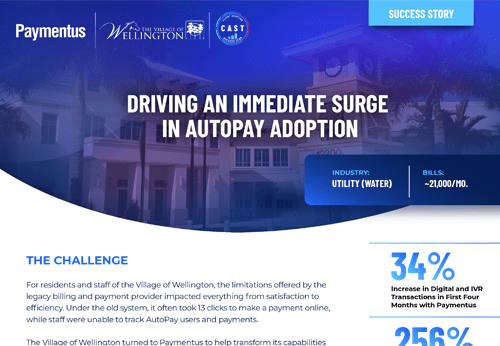The Secret to Strategy: The Trussville Gas and Water Formula for Payment Adoption
There are many foundational principles regarding successful marketing campaigns, but one of the most important is to know your audience. This is especially important when addressing customers whose bill paying habits have been engrained through decades of experience.

For Trussville Gas and Water, the challenge of converting their older demographic of bill payers to a new form of bill payment required a distinct approach to their marketing efforts. In this new insight series from CAST highlighting top marketers from the world of billing and payments, Bobbie Roper, Marketing Director for Trussville Gas and Water, shares her insights on Trussville’s adoption strategy, her approach to building successful campaigns and the benefits of working with CAST.
Q: Bobbie, thank you for joining us. Let’s start with your overall approach to marketing. How would you describe it?
A: I would describe it as data driven and intentional. I really love to dig into the numbers and monitor our customer activity and experience and how well our system is performing against our goals. The data that we receive through Agent Dashboard helps inform and guide my marketing decisions to ensure optimal outcomes.

The second step is to view our payment data to help us understand its impact on staff. This utilization of data is crucial. If we see a lot of payments being made through the self-service channels, we’re happy with that, regardless of which payment option they choose. However, when we see high volume on channels that are more resource intensive, it’s important that we leverage that data to help our internal team maximize their skill sets to efficiently meet our customer needs.
Q: I’m glad you brought that up. We all love to focus on the benefits to the end consumer but how does effective marketing help your internal team?
A: Phone payments made through our call centers are a perfect example of this. Our CSRs (Customer Service Representatives) really enjoy helping our customers solve their issues – anything from reporting a gas leak, scheduling service requests, or assisting customers with account questions. Our team is highly skilled at solving these problems and really, that’s where they add the most value to our company.
If our CSRs are spending most of their day processing payments by phone, it limits their ability to do what they do best, providing timely support on complex or urgent matters where CSR engagement is more important. If we can reduce payment call volume by promoting other payment options, the CSRs are available to spend more time helping our customers with the issues that require their expert touch.
Q: Let’s stick with call volumes for a second. You recently ran a campaign through CAST promoting the use of IVR. Tell us about how this campaign came to be.
A: It has been a process. Along with many things impacted by COVID, it also had a big influence on our use of technology. We have many customers who have been with us for decades who were used to requesting service changes and making payments in person, as that is what they preferred. Once we closed our lobby because of the virus, we had to quickly pivot and embrace the use of technology to continue providing excellent service to our customers. We started by developing online forms for service requests and thankfully, we had gone live with Paymentus online bill pay system in late 2019, just prior to the pandemic.
Most of our customers jumped right onboard with the new online forms and Paymentus payment platform, and started using them immediately. The impact of our fast customer adoption of the online payment methods was a huge benefit to our CSR team because it reduced some of our manual processes and the number of phone payments we received. Ideally, all of our customers will use these online options available through the customer portal, or even better, through AutoPay!
However, some of our customers who had been making payments by phone for years were slow to adopt the online payment methods. We realized that these online options were just not going to work for some of our customers – and that’s perfectly fine. So, it was up to us to deliver a mutually beneficial payment solution to them. IVR was that solution.
Q: What was your starting point in driving IVR adoption?
A: Data and analytics! Agent Dashboard is a great resource for data. Paymentus makes it easy to view the payment habits of our customers, and specifically, those payments made through our phone line with the assistance of our CSRs. Through data and analysis, we were able to create a list of specific customers we could target through a marketing campaign to promote the self-service IVR.
This type of data specificity helps us understand our customer habits and maximize our chances of success in guiding them toward trying a new payment method.
“We knew that a mass campaign wouldn’t be as effective as a very specific, targeted email and direct mail campaign, so we focused our efforts on that. We were very intentional with our marketing efforts to this very specific group of customers.”
Armed with this information, we were able to work with CAST to create the exact marketing campaign that we needed. Our goal was to encourage these customers to try the IVR for their next phone payment, with the hope that they would be happy with IVR and continue using this payment option.
Q: Tell me about your work with CAST. How would you describe the process and the overall output?
A: In a word, easy. I am a marketing department of one, so I’ll take all the help I can get! CAST saw what we were trying to do and quickly produced some fantastic options for us to consider. In fact, our team loved the postcard design so much we ended up using the images in both our postcard mailing and email campaigns.

Q: You mentioned that your target audience has been with you for decades, i.e., likely older bill payers. Did you feel the need to approach this audience differently given their bill pay experience?
A: I think it’s important for billers to accept customers for who they are. We absolutely do not want to force any customer into a channel that makes them uncomfortable. If they feel the need to speak to a CSR to make their payment, we’ll be there to answer their call.
However, if you want to change customer behavior, it must be logical. Someone who has mailed check payments their whole life is unlikely to suddenly adopt a digital wallet. So, spending our time and energy to promote a self-service phone option to an audience that is already making payments by phone was a win-win solution.
Q: Before we wrap up, do you have any advice for billers looking to drive payment adoption?
A: Besides working with CAST? I would say to start by looking at what the data is telling you. From there, you can determine your goals. Billers must be intentional about understanding their customers, who they are, and what payment methods they might respond to.
We are already promoting online payment features to all our customers through their monthly bills. However, for our customers who have not yet adopted one of our available digital payment options, we want to continue using new strategies to purposefully encourage them to embrace these features. We can then partner with CAST to develop the marketing resources that we need to support our strategy. So far, our IVR adoption has been very promising, and our promotion efforts are working well. We look forward to continuing the journey toward IVR and providing the payment options that best serve our customer needs.
Want to put your marketing strategy into action? Contact us today to speak with a CAST adoption specialist to learn more about CAST and how it can help you meet your digital adoption goals.



